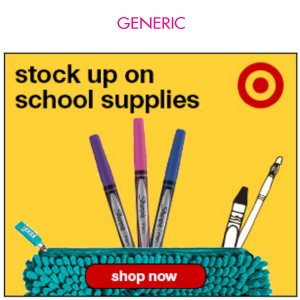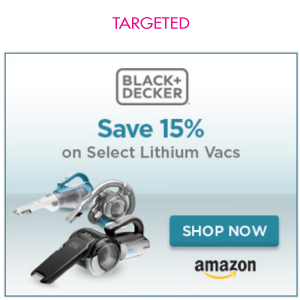The Truth About Remarketing
We all know that remarketing is a powerful internet marketing technique because it allows you to stay connected with your target audience, even after they leave your site, but it is also a hot topic in terms of having a low return on investment for many advertisers. We believe that it is important to understand the right way to use it within your online media tactics and what your expectations should be in terms of performance.
Is remarketing a high conversion volume channel? We’d say no. But it can be a reliable source of incremental revenue if done the right way.
PART I
Setting Remarketing the Right Way
One of the main drawbacks when it comes to performance for most advertisers is the way that their remarketing is set up. So we’ll go over the usual process to start your remarketing campaigns that can be very efficient and cost effective if run the right way.
Segmentation is key for a successful remarketing campaign and you start by creating individual lists for all your products and services. If your site has e-commerce tools, then when creating every list, a filter should be added to remove any site converters. If your site has been around for a long time, it would mean that your data list is big enough to start segmenting. If you have a somewhat new site, your remarketing campaign should target all visitors to the site until there is enough data to start segmenting.
In average, a banner targeting a granular list has a 2X better CTR than a banner targeting a generic list.
Now you have your lists ready and your campaigns are set up to target each product/service list; the next big factor is messaging.

PART II
Say the Right Thing at the Right Time
Now that everything is set up, you should be seeing conversions start flowing in, right? Not so fast. On a positive note, remarketing is a great tool to remind users of a product that they recently were interested in. But we cannot turn that positive experience into a negative one.
Many advertisers do not cap impressions, which can flood a user looking at the same banner over and over.
It is very important to show the right message to that user and to cap the number of times that they see your ad to avoid wearing down your brand in the consumer’s mind. Also, it is recommended to add a lifetime impressions cap for users that keep seeing the ads and show no interest.


The wording that is being used in the banners should be a bit more informal, promotional, and need driven (don’t forget about product X or Y, keep shopping product Z). Adding an enticement for the user to decide to comeback and complete a transaction is also helpful (get 10% off).
Another great way to set up your messaging is listing benefits of why the user should choose your brand. Include in your banners factors that differentiate your product from others and/or added benefits that the user may have not read on your site during the first visit.
With the right message, granular targeting, and filters/limits in place, you should start seeing positive performance in terms of conversions.
PART III
Finding Your Audience
Nowadays, advertisers can create remarketing campaigns not only focusing on the Google Display Network, but also in Facebook. Facebook works in a very similar way in which after installing the tracking pixel in your site, you are able to create custom audiences (similar to lists in GDN), and follow a similar flow, but this time you will be showing your remarketing ads within the Facebook and Instagram platforms. Messaging and visuals can be different than the ones being used in GDN to have more of a social flavor.
In addition, remarketing can be applied to your search campaigns in order to retarget to users that visited your site and still are searching for your products/services, thus increasing the probabilities of a conversion.
PART IV
Optimization Time
As in any good digital strategy, optimizations are very important for the success of a remarketing program.
You need to measure the results for each and every product independently.
- Expanding reach: If you feel the need to increase the exposure for your remarketing campaigns, then you can start creating side campaigns targeting similar audiences to the one in your remarketing list.
- A/B testing messaging: This is another great way to optimize your campaign in which you rotate banners (using different messaging) evenly and then go with the highest performer (the one that resonates better with your audience based on CTR and conversions).


PART V
Going Hardcore
In some cases, you have to proceed to a more granular A/B test approach by creating sub lists.
In this process, a visitor goes to the New York Hotels page in your site and it is added to the New York list and then they are served banner A. The user clicks and the ad will land this user into a unique landing page for New York Hotels (2) (not the regular New York Hotels Page). This user is added to a new list, New York list A. This list is targeted by a new set of banners with different messaging to try to convince the user to convert. With this strategy, you can go 2-3 levels down following the same pattern and making the messaging more aggressive every time.




Overall, following these recommendations will allow you to run a successful remarketing program always having in mind that the ROI will not be comparable with a pure search campaign, but it can get to close enough levels generating additional revenue to increase the overall numbers for your SEM program.
